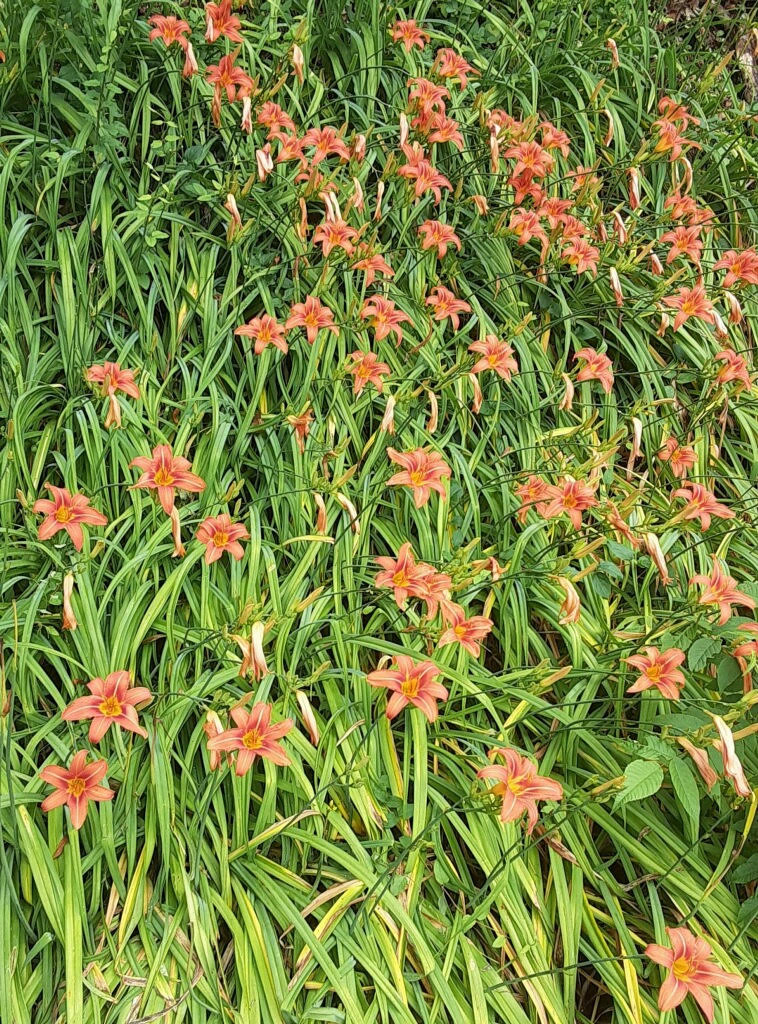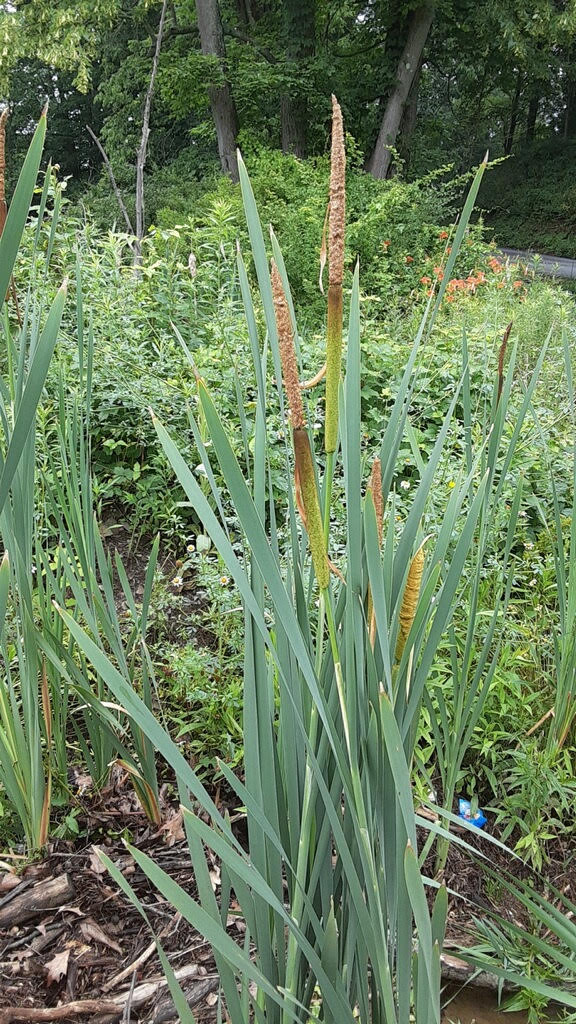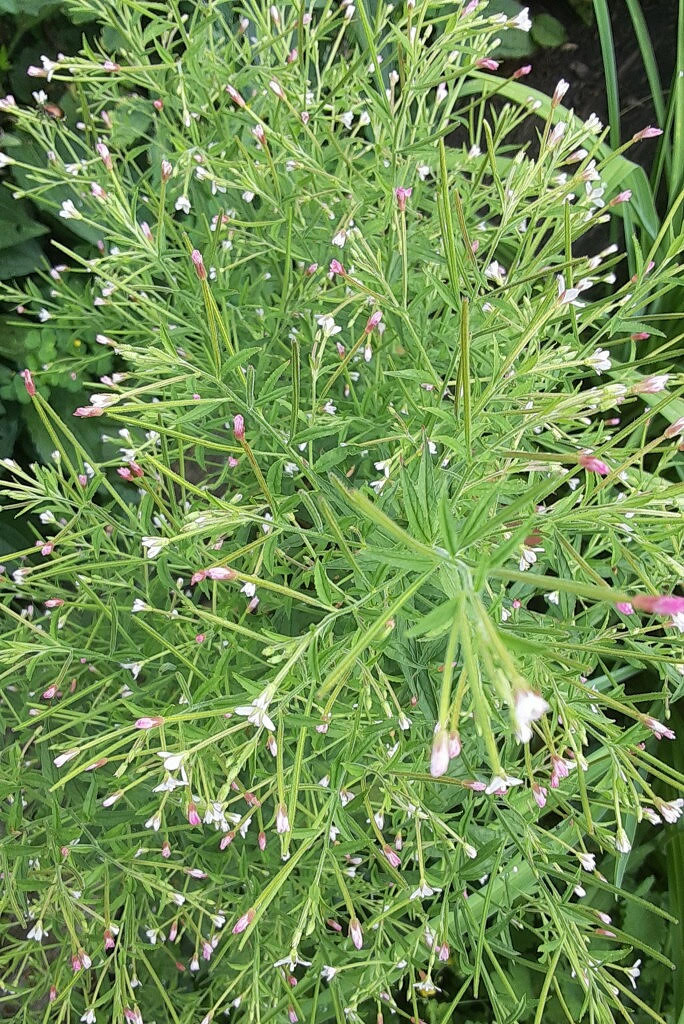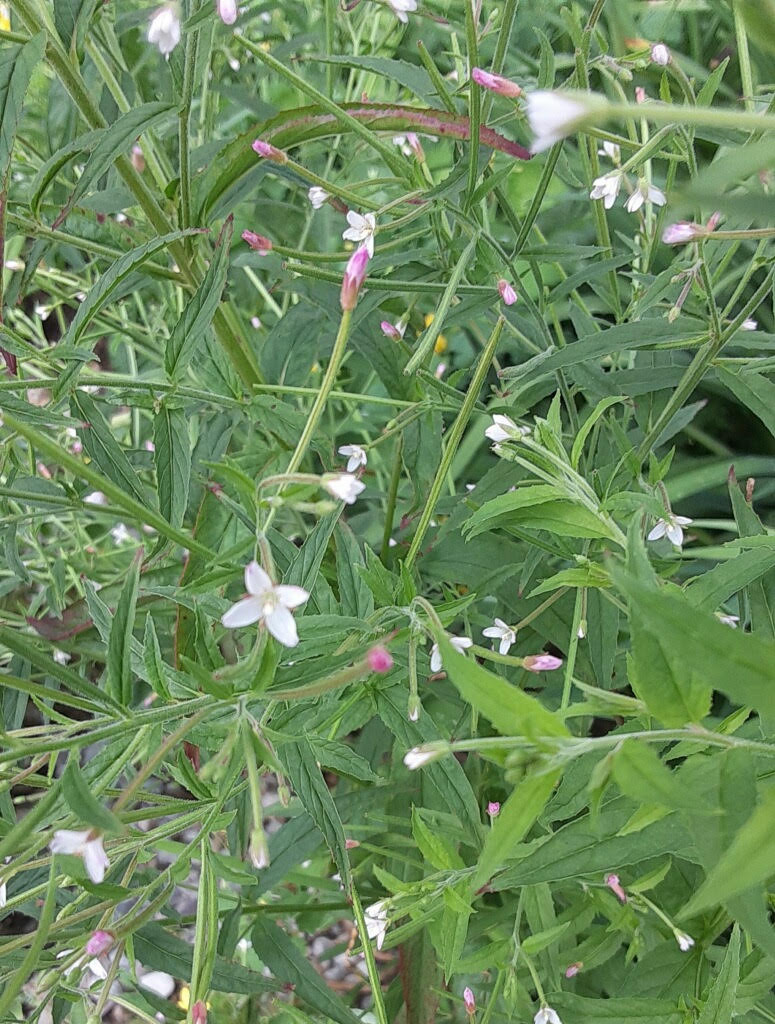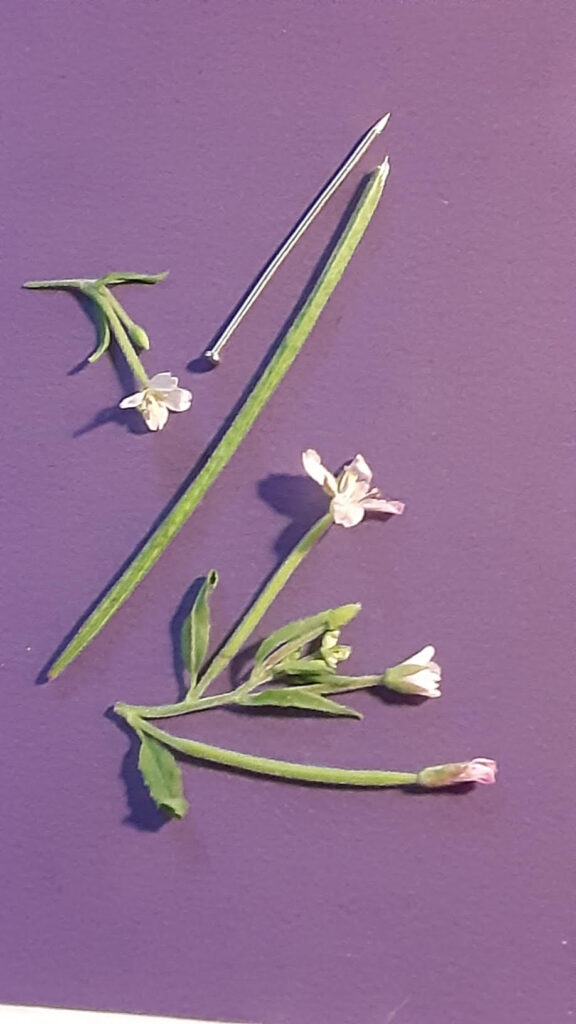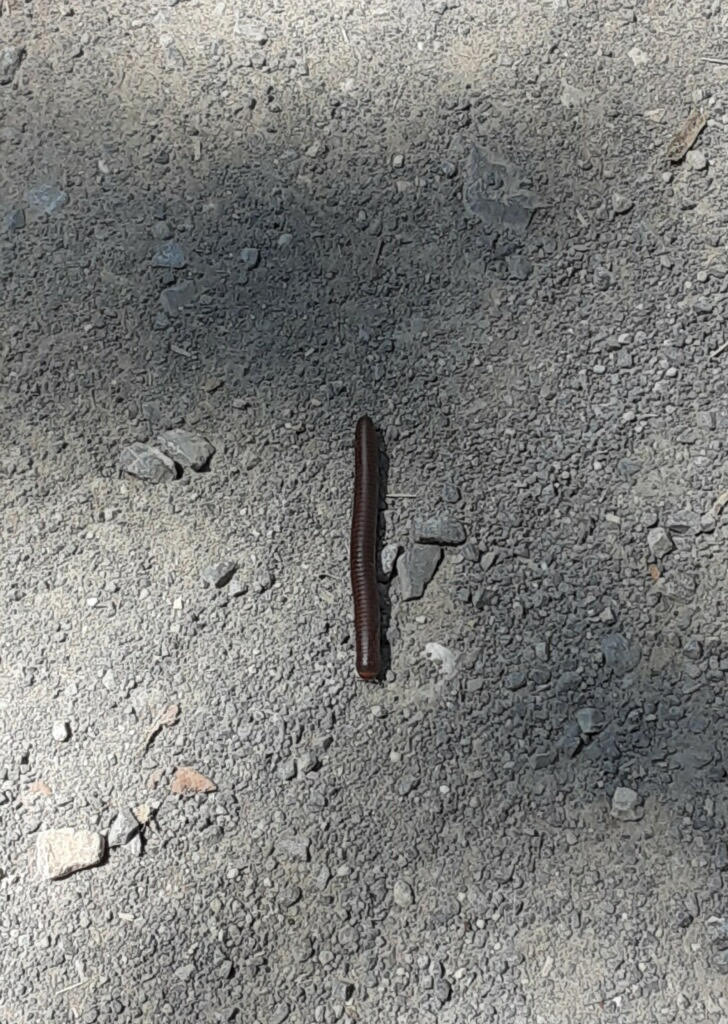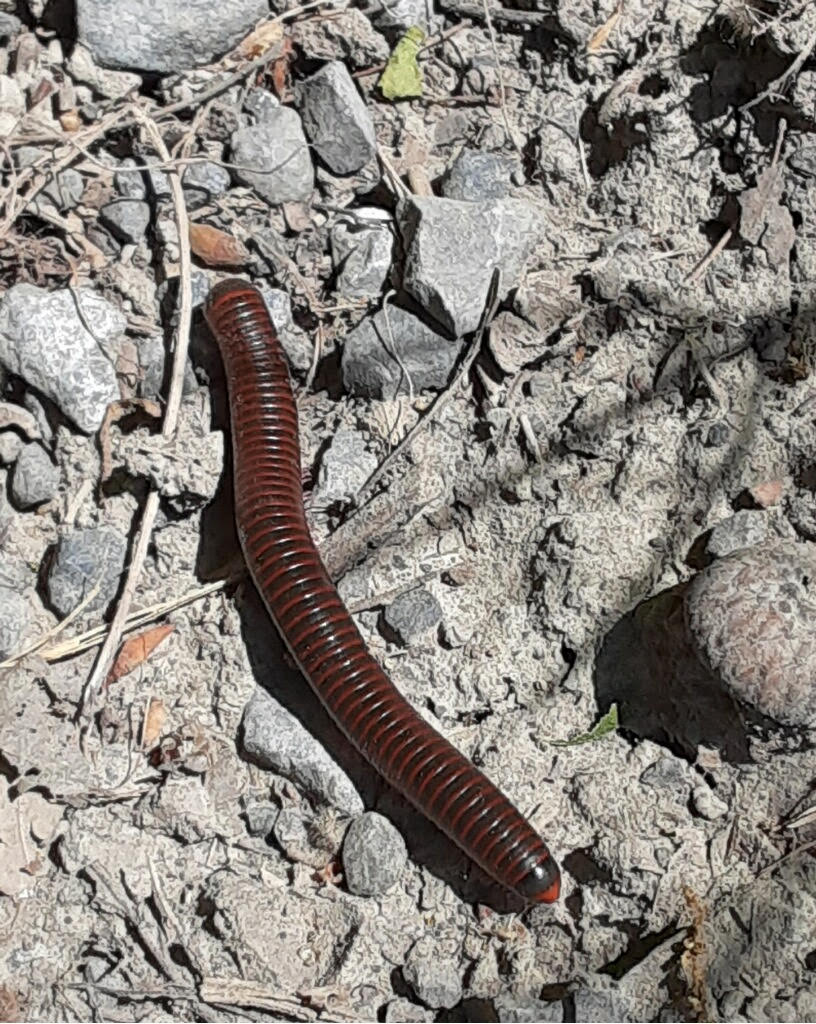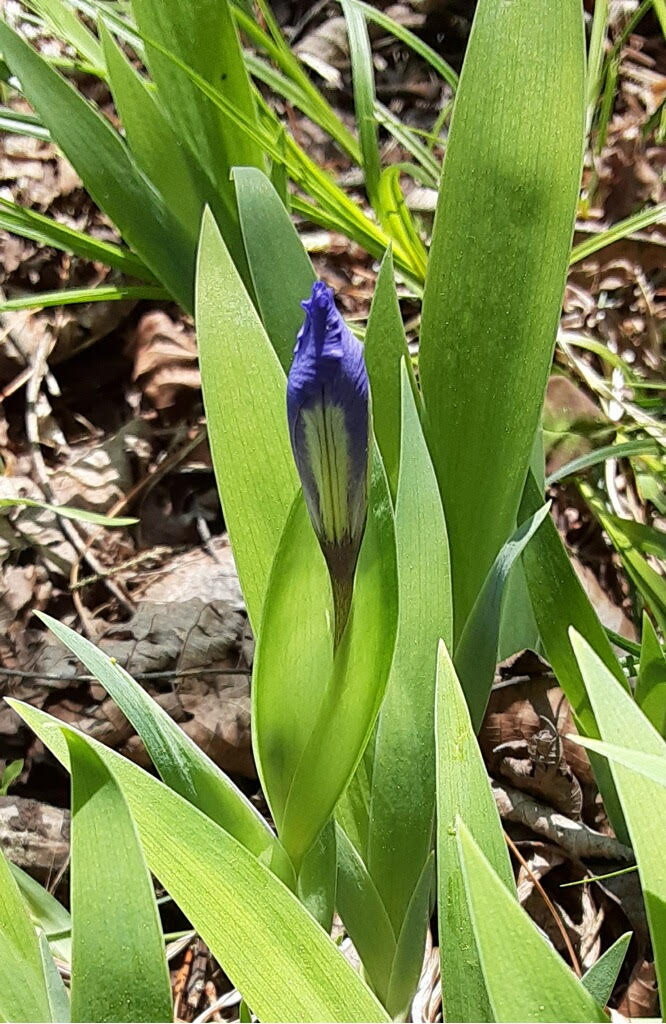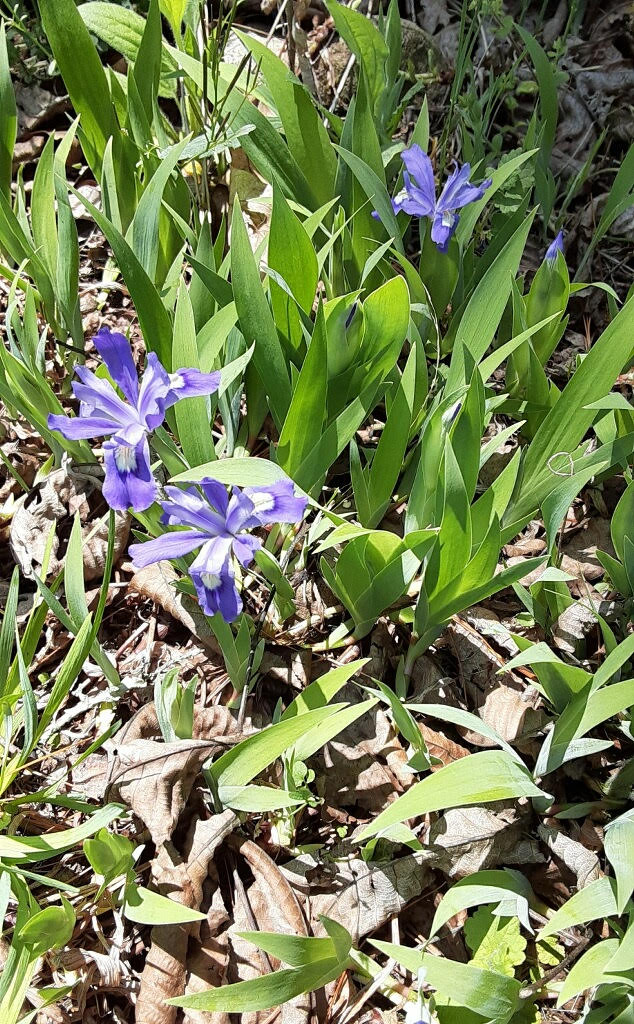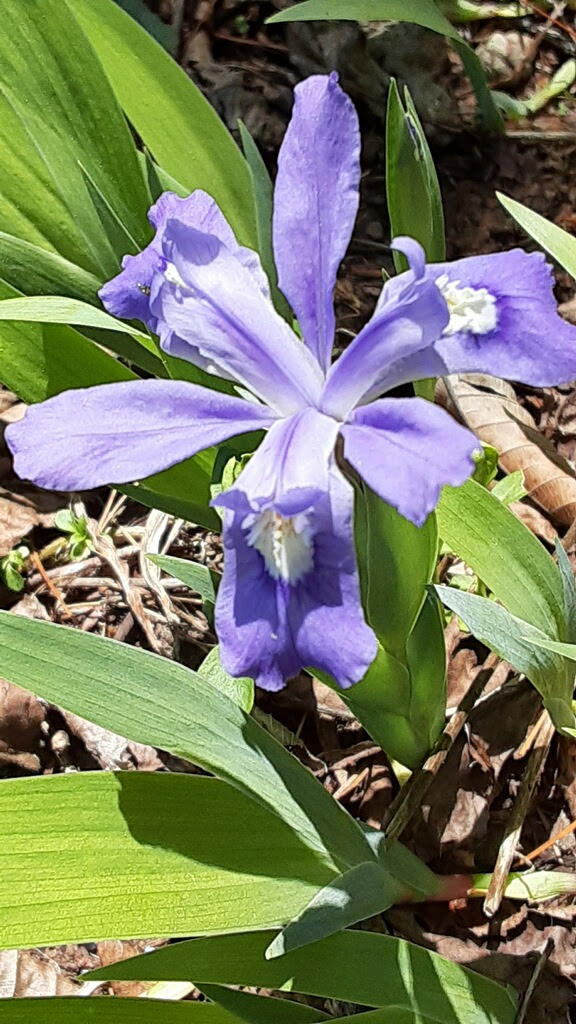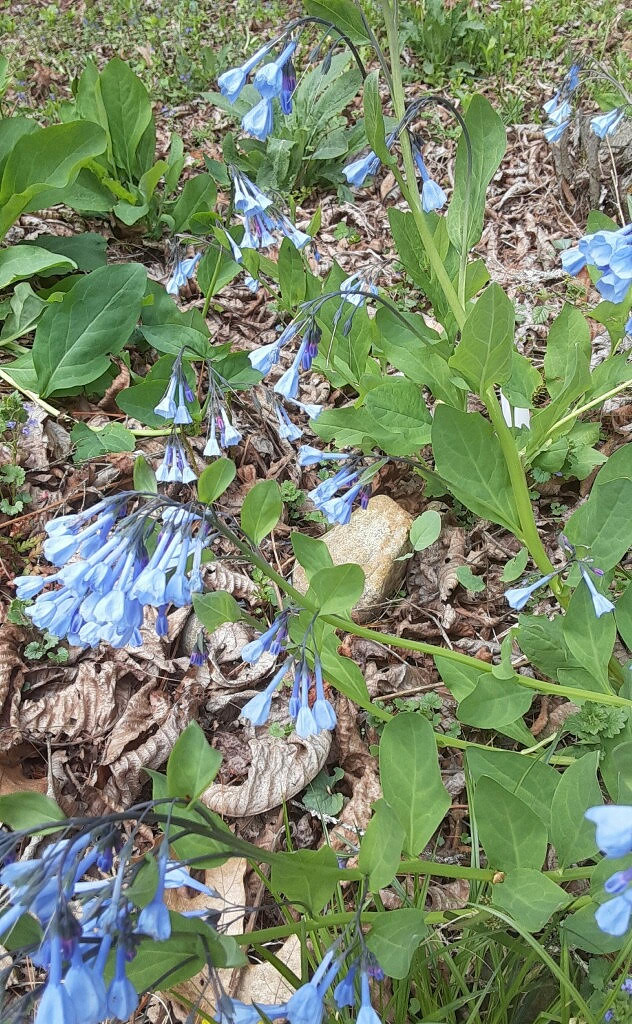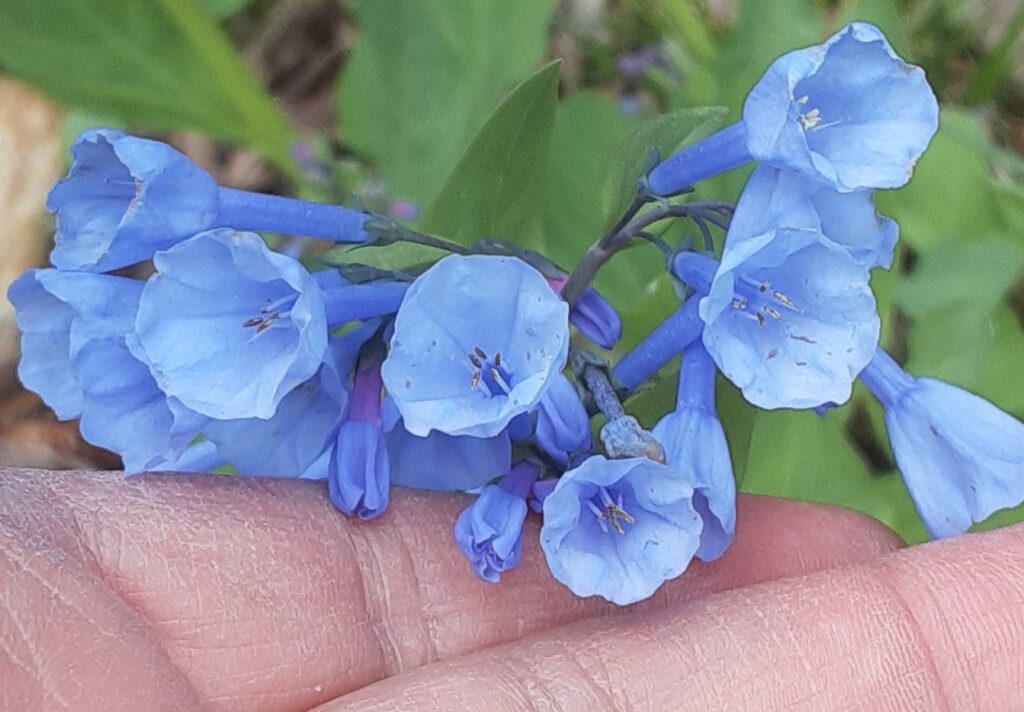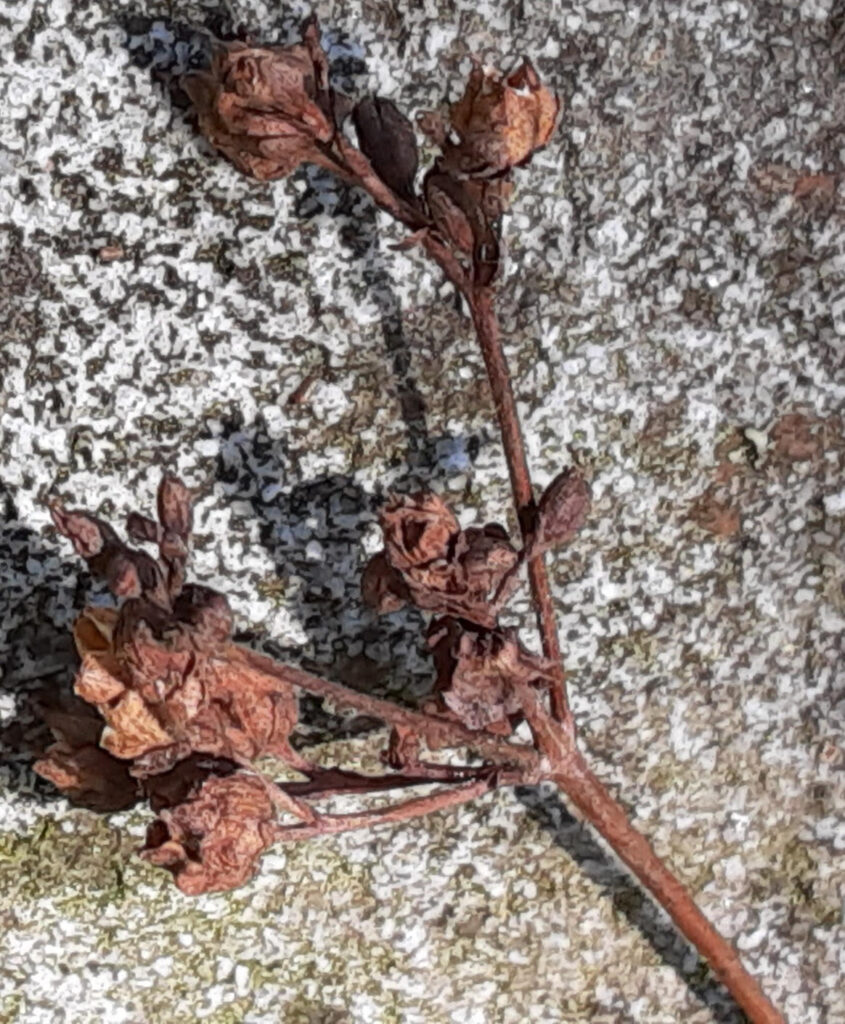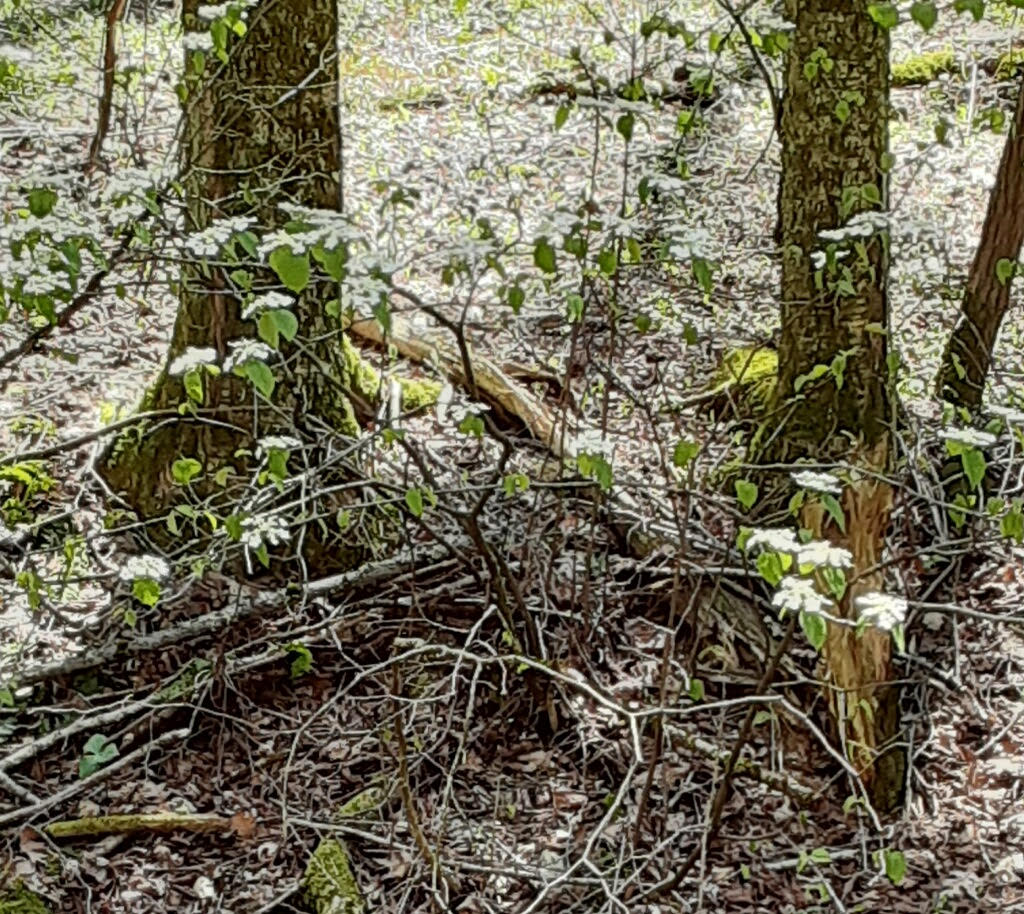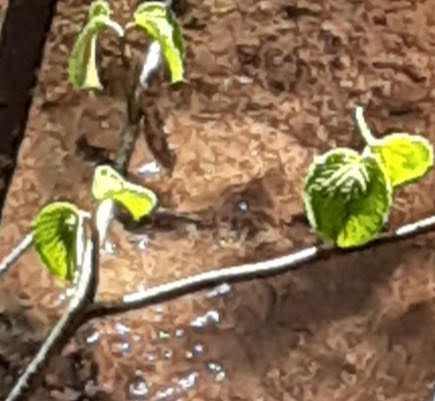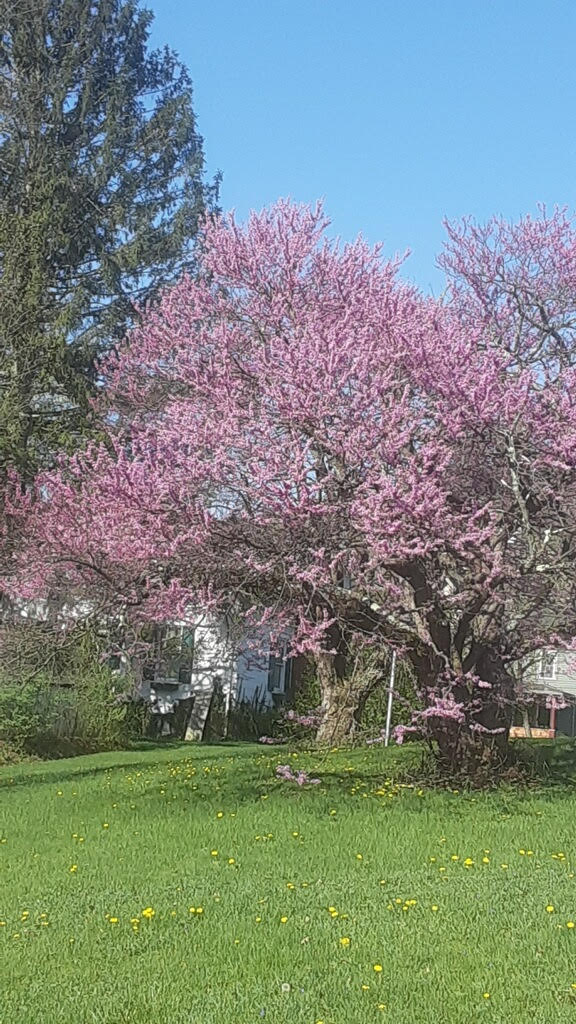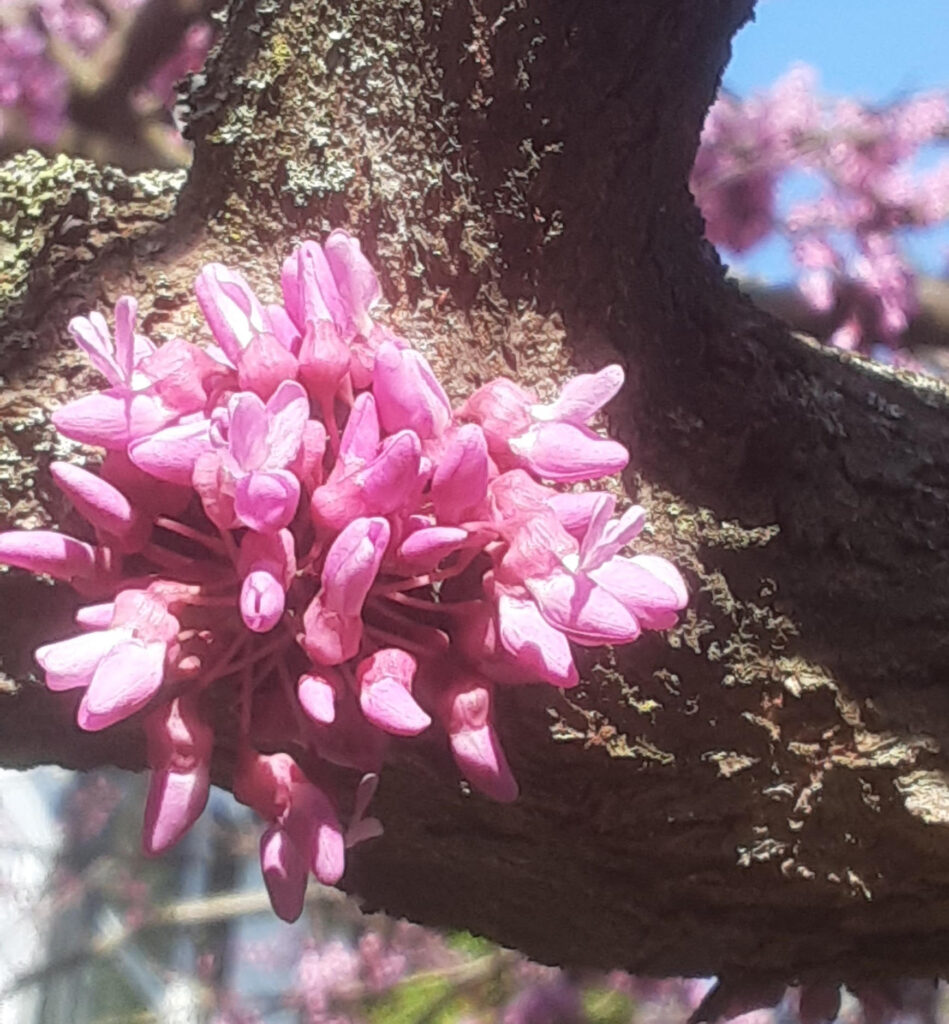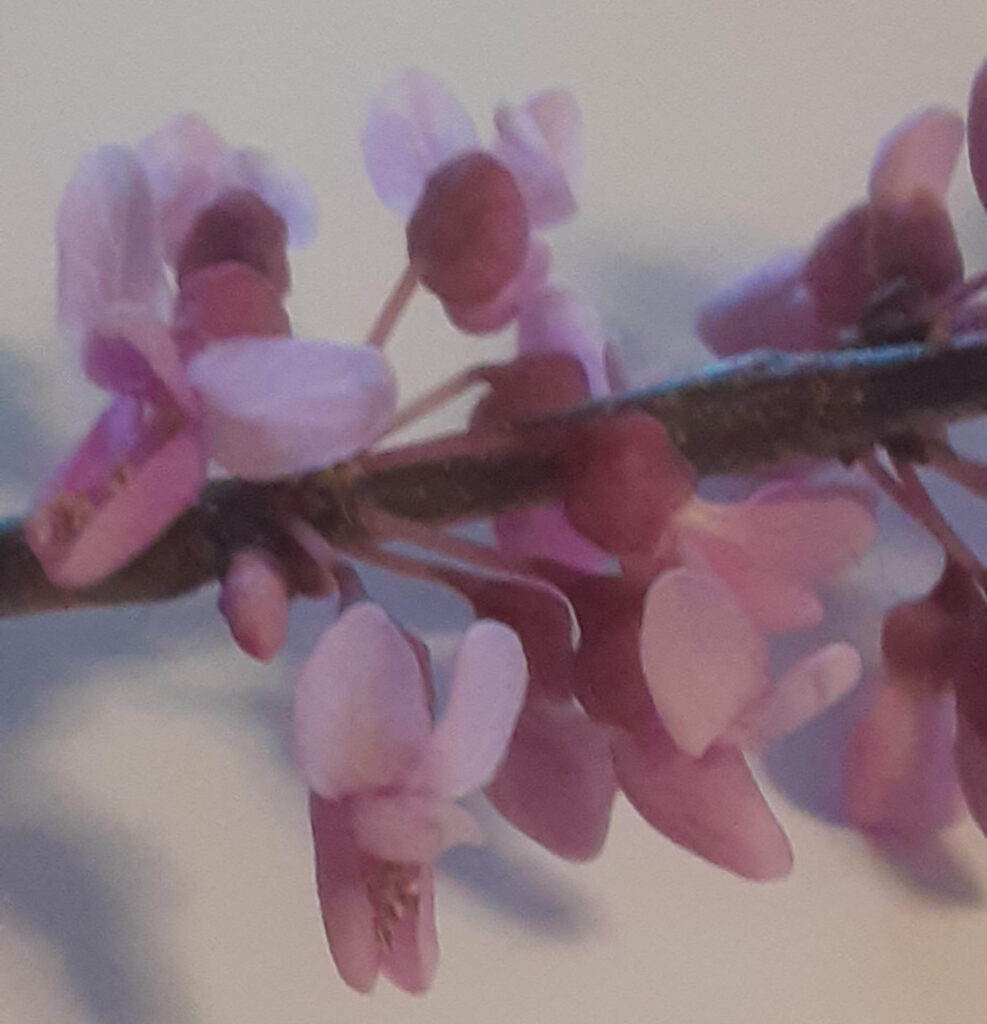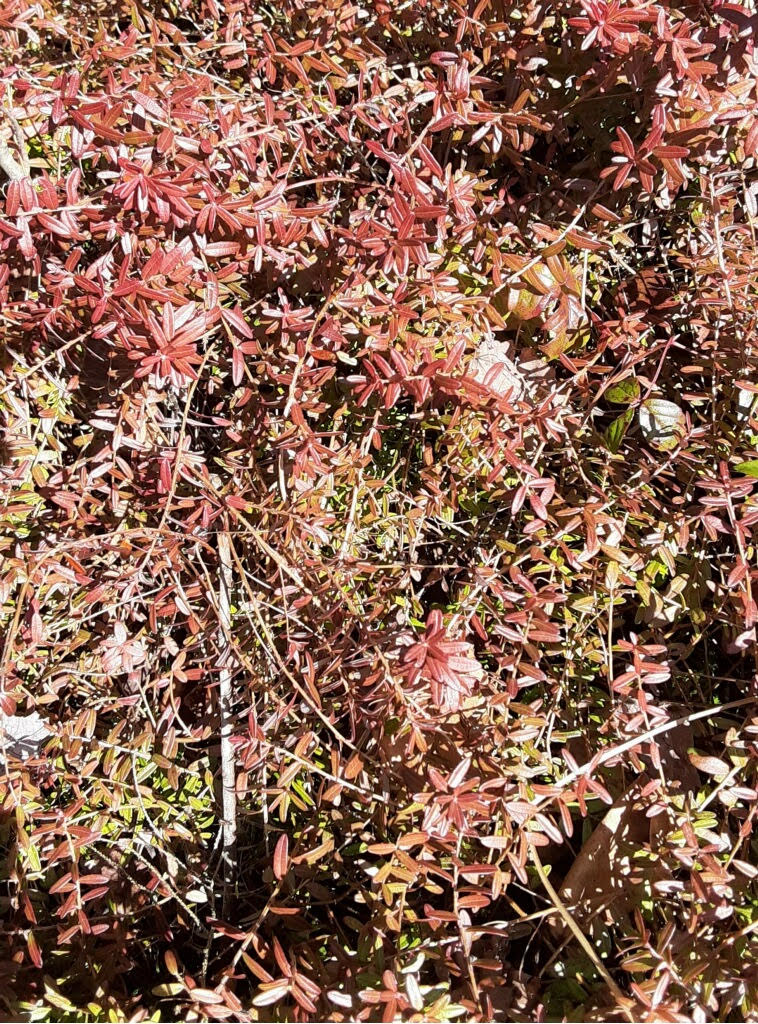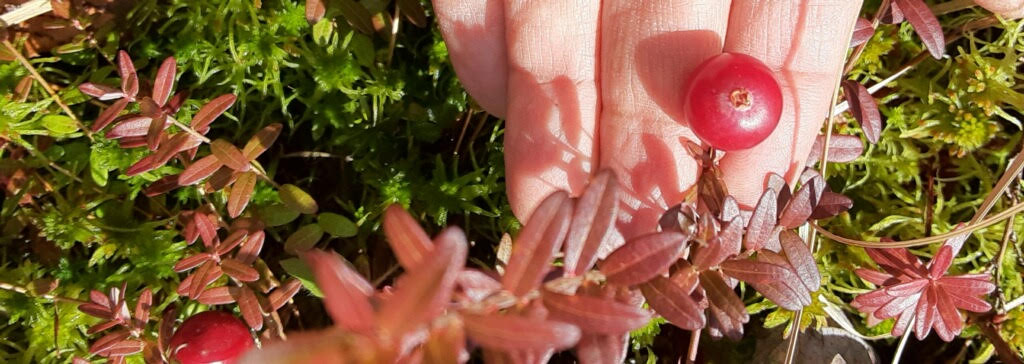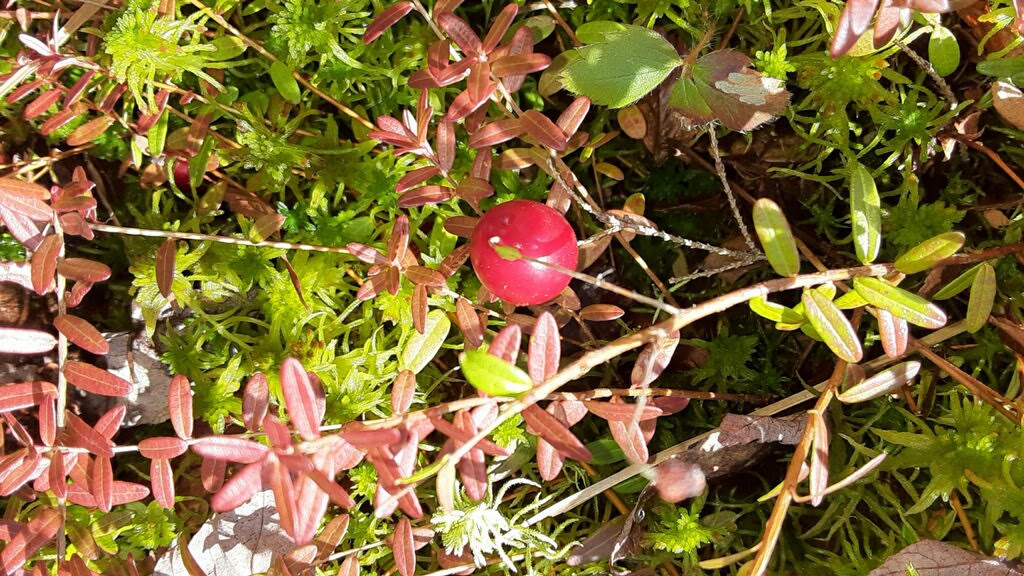Conservation happens at varying speeds. Some projects take years, if not decades to navigate and complete, and other projects happen in weeks. The Northcentral Pennsylvania Conservancy’s members invest in both slow and fast conservation. Providing the support to build trust over time and work through questions and contemplations as well as supplying the resources to act when an opportunity presents itself.
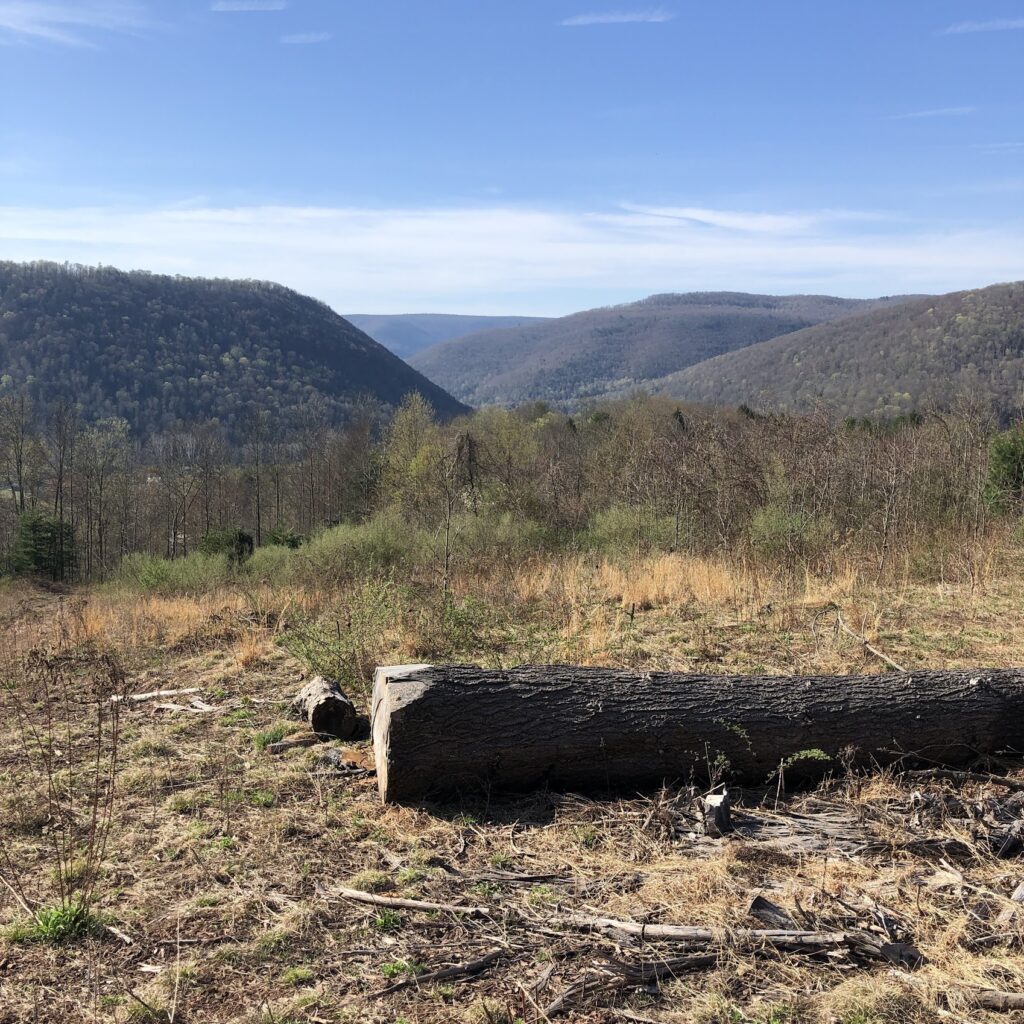
Back in March 2023 there was a need for fast conservation. The Northcentral Pennsylvania Conservancy was contacted about 2 parcels adjacent to State Game Lands 134 being sold by auction about 3 weeks later. The parcels lay side by side. One shares its western boundary with existing State Game Lands and they both share their northern boundary with existing State Game Lands.
It didn’t take long to find out the Pennsylvania Game Commission was interested in the parcels. The parcels would provide management access into an area of the existing State Game Lands that doesn’t have that access now. Access for management allows projects to improve habitat for wildlife and support and improve the ecosystem services the property provides.

Within a matter of days of finding out about the auction, we looked at maps and plans to understand how these parcels fit into the bigger conservation picture.
In addition to being adjacent to the existing State Game Lands, the property is also close to a block of the Loyalsock State Forest and near an existing conservation easement held by NPC.
The property includes a seasonal stream that flows into a tributary of Plunketts Creek. This is just upstream from where NPC facilitated work in 2020 and 2021 (the project where the Army Reserve Unit removed the earthen berm). Keeping these properties forested and improving the health of the forest through management will help improve the water quality in Plunketts Creek, building on work we’ve done in the past.
We scheduled a site visit and walked the parcels to understand the habitat on site and understand what we would be bidding on. NPC’s Conservation Committee recommended the Board agree to purchase the properties with the intent to work with the Pennsylvania Game Commission to transfer the properties into the State Game Land system. The Board voted to bid on the properties.
The day of the auction came. While it was a damp, overcast April day NPC was the high bidder!!!
We closed on the properties in late June and now own just over 102 acres in Plunketts Creek Township, Lycoming County!
The acquisition was acted on by the Pennsylvania Game Commission’s Commissioners at their July 7, 2023 meeting. They voted to approve the acquisition and we are now working on the paperwork for that phase of the project.
Thank you to all of our members and donors who make it possible to be ready when an opportunity presents itself!! We never know when that might be.
The properties were enrolled in the Pennsylvania Game Commission’s Hunter Access Program. Anyone who wishes to hunt the properties during archery or firearms season should contact the NPC office with your name and phone number 570-323-6222; office@npcweb.org).



